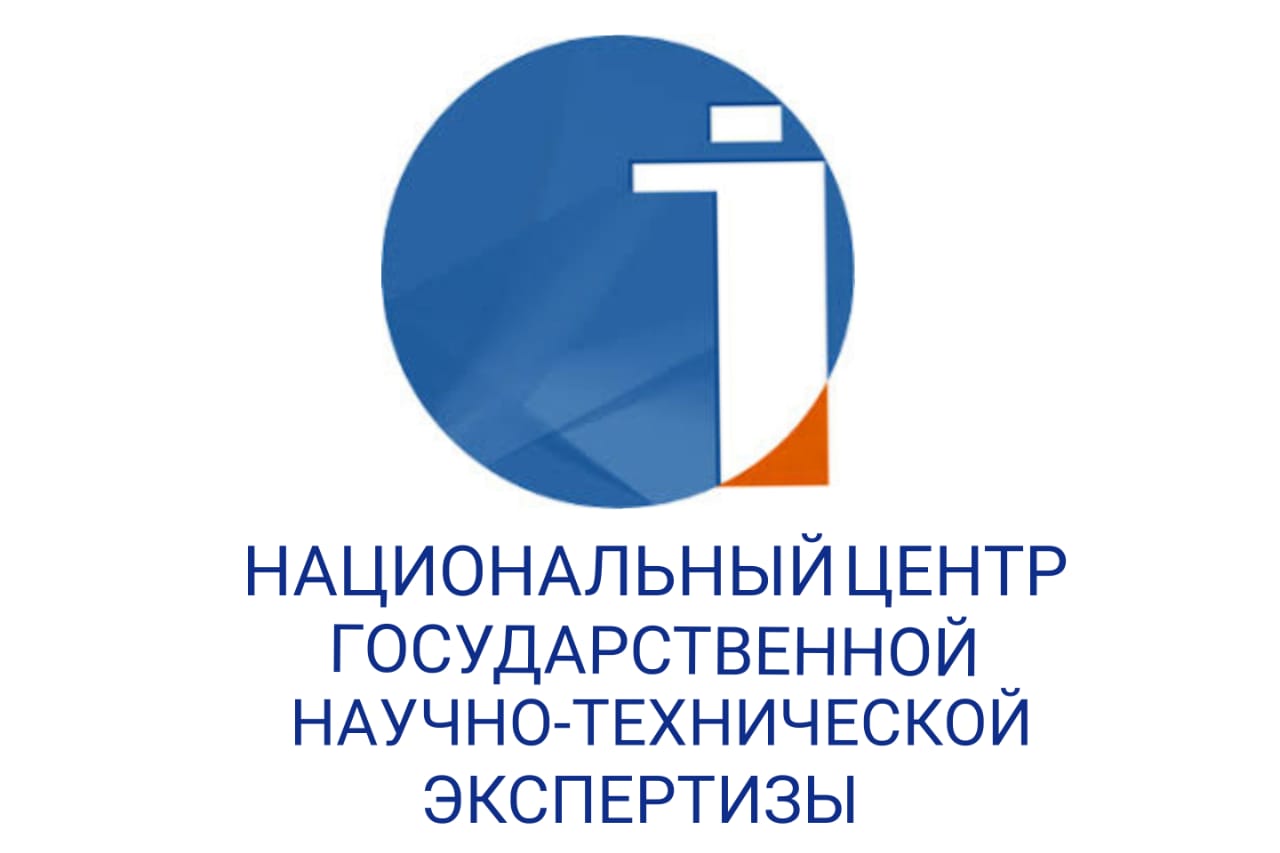THE KAZAKH-RUSSIAN DICTIONARY (QAZAQŞA-ORISŞA TILMAŞ): LEXICOGRAPHIC ANALYSIS
DOI:
https://doi.org/10.48371/PHILS.2025.1.76.008Keywords:
archaisms, vocabula, grapheme, dialectisms, Kazakh graphics, lexico-semantic analysis, spelling, etymology, ethnographismsAbstract
In the post-industrial society of highly developed countries that exert great cultural, political and economic influence on the rest of the world, along with various theoretical studies (analysis, evaluation and systematization of empirical materials), much attention is paid to the introduction into public practice of scientific achievements aimed at solving technical, cultural and social problems. The vast array of information contained in the world scientific literature continues to be continuously updated with new information that expands our knowledge in various fields of human activity.
In order to enter the category of industrially and culturally developed countries with successful economies and high living standards, we should pay serious attention not only to the issue of economic reform, but also to the problems of ensuring the effectiveness of research activities and improving the quality of education. The solution to these problems is directly related to the issues of adequate translation into Kazakh of works of world literature devoted to issues relevant in the scientific, economic, socio-political and cultural spheres of society in order to optimally assimilate modern knowledge by the younger generation.
Considering that the richness of the language, first of all, lies in its lexical fund, containing the names of various objects, phenomena, concepts, actions, processes, their properties and features, it is necessary to increase the vocabulary of the Kazakh language, to develop terminological vocabulary that can adequately reflect the diversity of scientific concepts.
The intensification of intercultural and interstate contacts has led to the fact that the vocabulary of many languages has become actively replenished with words, often representing borrowings from English. However, in terms of improving the language, internal linguistic reserves should also be used, referring to lexical units belonging to the category of archaisms, historicisms and dialectisms. For example, historicism beren, lit. ‘strong', used in the Kazakh language to denote a gun or a dagger made of high-quality steel, as part of the phrases beren kewdeşe, beren jiylet and in the form of the lexeme beren began to be used in the meaning of ‘bulletproof vest’.
This article is devoted to the study of a number of vocabulary of the “Kazakh-Russian dictionary”, published in 1925, in terms of their semantics and belonging to different lexical categories (dialectisms, historicisms, ethnographisms); methods of semantic analysis, comparison of phonetic variants of some words are used; a number of lexemes are considered in the etymological aspect; identified and analyzed mistakes made in the dictionary.
The lexicographic publication under study is of interest not only in terms of lexicology, but also from a historical point of view on the evolution of Kazakh graphics and the principles of spelling, which were developed by public figure and linguist Akhmet Baitursynov, the author of the reformed Arabic alphabet – töte jazıw.








